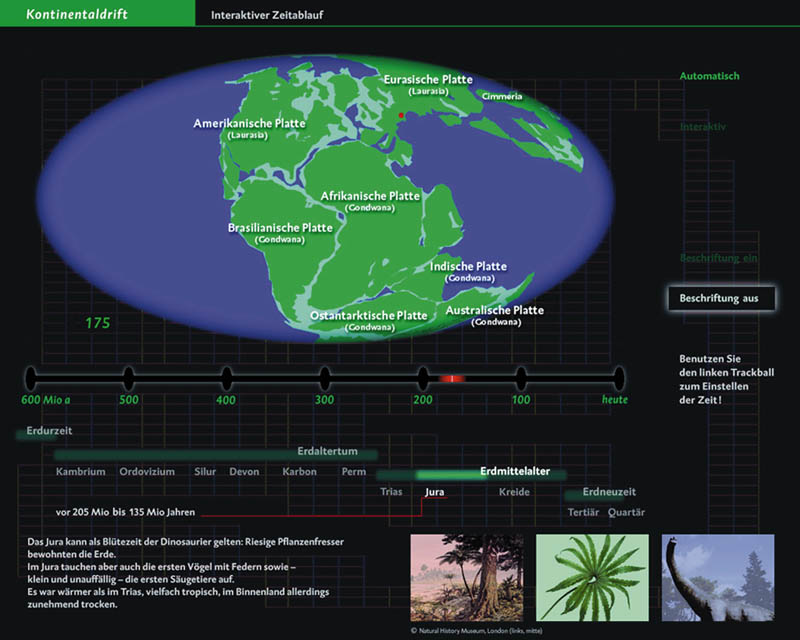

“You walk along the pages you walk along history,” he said. The layers, he said, are like the pages in a book. He told me about the place where his team drilled into the seafloor - an area where geology somehow brought layers of 90-million-year-old sediment, or “strata,” within reach of their enormous and powerful drill. I sat down with Klages at the Falling Walls Science Summit in Berlin to talk about how his team conducted research from the RV Polarstern, a research icebreaker that translates “North Star” and regularly carries around 50 scientists and 50 crew members to the Arctic and Antarctic. But relatively few research teams have the tools to work in a place where Titanic-sized icebergs pepper the ocean. “It’s the first evidence for these wildfires.”Īs climate change warms Antarctica and shrinks its enormous ice sheet, many scientists are wondering whether history could repeat itself. In the journal Polar Research, the researchers concluded that “paleofires,” which were common in the rest of the prehistoric world, also scorched the Antarctic Peninsula.

In October, a Brazilian research team announced that it found 75-million-year-old pieces of charcoal on James Ross Island, hundreds of miles south of South America. They’re a sign of just how much the polar climate has changed since the “supergreenhouse” of the Cretaceous period - and perhaps how much the climate could change again.Įven since that paper, the Antarctic surprises have kept coming.


In the April 2020 issue of the journal Nature, he and 39 colleagues described networks of fossilized tree roots that they pulled up from the seafloor in 2017. Intrepid polar scientists like Klages, who works at the Alfred Wegener Institute for Polar and Marine Research in Bremerhaven, Germany, are revealing new sides of the Antarctica we know today. “It was basically the last time the whole continent was covered by vegetation and probably also wildlife - dinosaurs, and all that.” Klages, a marine geologist who helped unearth the fossils, told Vox. “That was an exciting time for Antarctica,” Johann P. But roughly 90 million years ago, the fossils suggest, Antarctica was as warm as Italy and covered by a green expanse of rainforest. Today, the South Pole records average winter temperatures of 78 degrees Fahrenheit below zero. Not far from the South Pole, more than half a mile below the ocean in a region that was once covered by ice, a layer of ancient fossils tells a surprising story about the coldest continent on Earth.


 0 kommentar(er)
0 kommentar(er)
